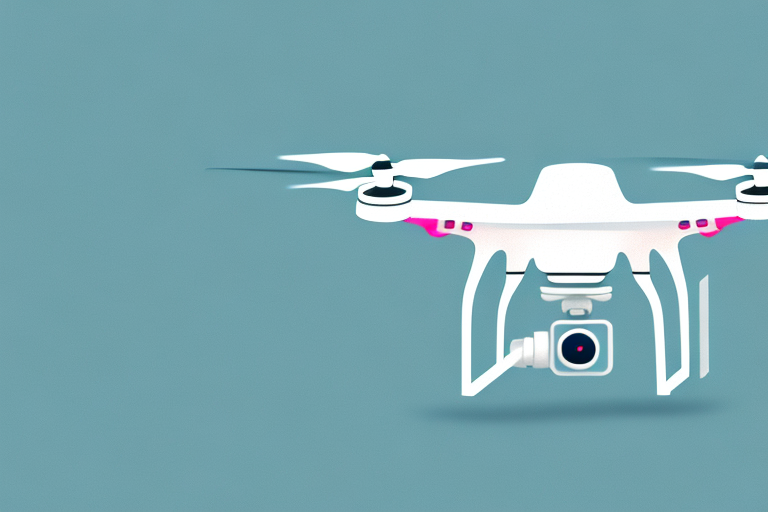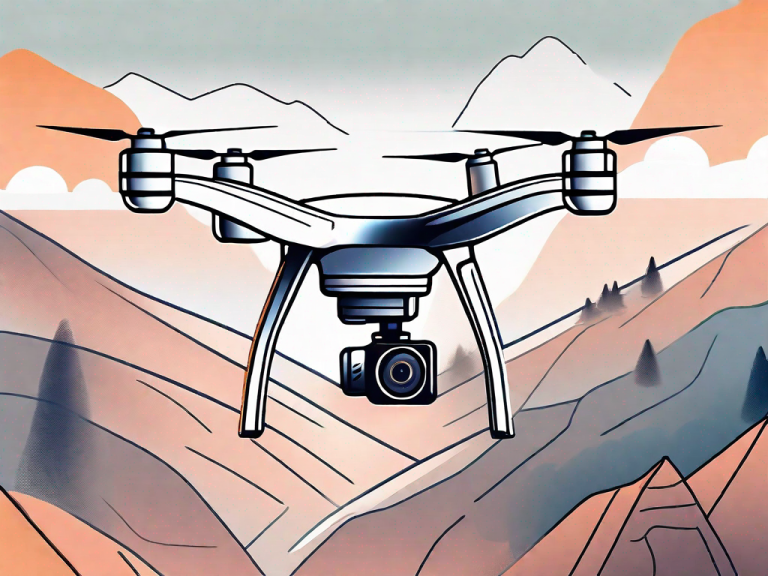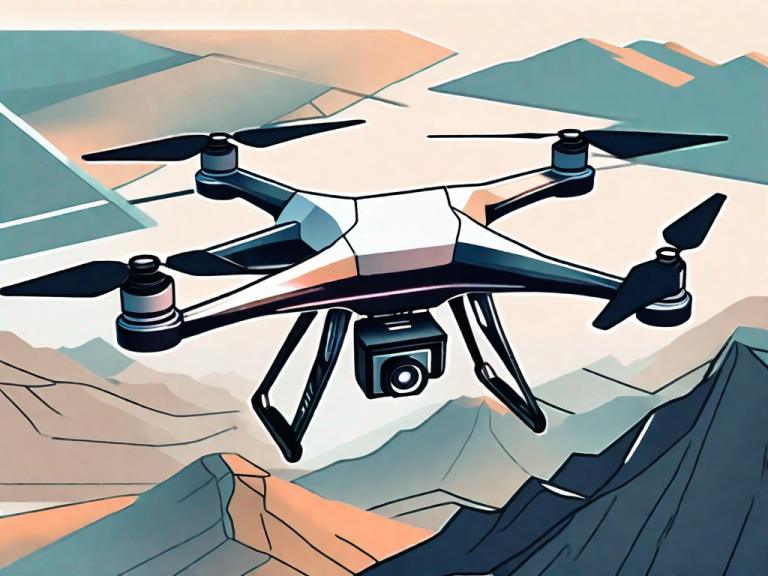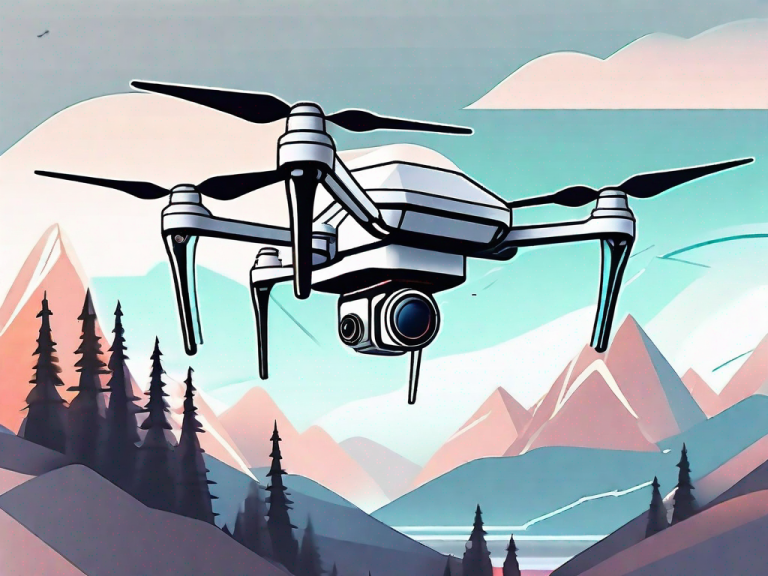Drone photography has revolutionized the way we capture and perceive the world around us. With its unique vantage point from above, drones enable photographers to explore creative compositions and showcase breathtaking aerial views. Whether you are an aspiring artist or planning to exhibit your drone photography in a gallery, it is crucial to understand the best practices for creating compelling compositions. In this article, we will explore various aspects of drone photography and delve into the techniques that can enhance your work in exhibitions or galleries.
Understanding the unique aspects of drone photography
Drone photography offers a fresh perspective that was previously inaccessible to photographers. By taking to the skies, drones allow photographers to capture landscapes, architecture, and various subjects from a bird’s eye view. This unique aspect offers a renewed sense of visual exploration, allowing you to present familiar scenes in an entirely new light. Understanding the distinctive qualities of drone photography will lay the foundation for effective composition and storytelling.
One of the key advantages of drone photography is the ability to capture images from high altitudes. This allows photographers to showcase the vastness and scale of landscapes, creating breathtaking visuals that are impossible to achieve from ground level. Whether it’s capturing the sprawling beauty of a mountain range or the intricate patterns of a cityscape, drone photography offers a new level of grandeur and awe.
In addition to capturing expansive views, drones also excel at capturing unique angles and perspectives. With their maneuverability and ability to hover in place, drones can capture shots from unconventional angles that would be difficult or impossible to achieve with traditional photography equipment. This opens up a world of creative possibilities, allowing photographers to experiment with composition and create visually striking images that stand out from the crowd.
Exploring the impact of drone photography in art galleries and exhibitions
The increasing popularity of drone photography has made its way into art galleries and exhibitions around the world. This innovative medium captivates viewers with its compelling compositions and striking perspectives. By showcasing your drone photography in galleries, you have the opportunity to engage a wide audience and receive recognition for your creative endeavors. Exploring the impact of drone photography in art galleries will unveil the potential for appreciation and exposure in the art world, as well as provide insights into how to curate the best exhibition for your work.
Drone photography offers a unique perspective that traditional photography cannot achieve. The ability to capture aerial views allows artists to showcase landscapes, architecture, and even people in a way that is both visually stunning and thought-provoking. This new form of artistic expression has sparked conversations about the intersection of technology and art, as well as the ethical considerations surrounding privacy and surveillance. As drone photography continues to evolve, it is important for artists and curators to stay informed about the latest regulations and guidelines to ensure the responsible and respectful use of this powerful tool in art galleries and exhibitions.
How to choose the right subject for your drone photography composition
Choosing the right subject is crucial for creating captivating drone photography compositions. Whether it is capturing natural landscapes, bustling cityscapes, or architectural wonders, your subject should have visual interest and evoke emotions. Consider the unique perspective of the drone and select subjects that can be elevated by the aerial viewpoint. From iconic landmarks to hidden gems, the possibilities are endless. By selecting the right subject, you can set the stage for a visually stunning composition.
When choosing a subject for your drone photography composition, it is important to consider the lighting conditions. The time of day and weather can greatly impact the mood and overall aesthetic of your photos. For example, capturing a sunset over a beach can create a warm and romantic atmosphere, while photographing a cityscape during a rainy day can add a sense of drama and mystery. Experimenting with different lighting conditions can help you create unique and visually striking compositions.
Mastering the rule of thirds in drone photography compositions
The rule of thirds is a fundamental principle of composition across various forms of visual art, and drone photography is no exception. By dividing your frame into a grid of nine equal parts, with two horizontal and two vertical lines, you can strategically position your subject along these lines or at their intersections. This technique creates balance and visual interest, drawing the viewer’s eye to the most important elements of your composition. Mastering the rule of thirds in drone photography will enable you to create harmonious and visually engaging images.
In addition to creating balance and visual interest, the rule of thirds in drone photography compositions can also help to convey a sense of depth and scale. By placing your subject along one of the vertical lines, you can emphasize the vastness of the landscape captured by the drone. Conversely, positioning your subject at one of the intersections can create a focal point that draws the viewer’s attention and adds a sense of intrigue to the image. Experimenting with different placements within the grid can lead to unique and captivating compositions in your drone photography.
Utilizing leading lines to create dynamic compositions in drone photography
Leading lines are elements within a photograph that guide the viewer’s gaze towards a specific point of interest. In drone photography, the use of leading lines can be particularly impactful, as the aerial perspective allows for unique opportunities to incorporate existing lines within the landscape or create your own. Roads, rivers, bridges, and even tree lines can serve as powerful leading lines, adding depth and dynamism to your compositions. By mastering the art of utilizing leading lines, you can direct the viewer’s attention and create a sense of movement within your drone photography.
One important aspect to consider when using leading lines in drone photography is the perspective they can provide. From a high vantage point, such as that of a drone, leading lines can create a sense of depth and scale within the image. For example, a road leading into the distance can give the viewer a sense of the vastness of the landscape. Additionally, leading lines can also be used to create a sense of movement in the photograph. A winding river or a curving path can lead the viewer’s eye through the image, creating a dynamic and engaging composition. Experimenting with different angles and perspectives can help you find unique and compelling ways to incorporate leading lines into your drone photography.
The importance of perspective and angles in drone photography compositions
Perspective and angles play a vital role in the success of your drone photography compositions. Experimenting with different viewpoints can transform an ordinary scene into something extraordinary. By adjusting the altitude of your drone or angling the camera, you can play with depth, scale, and visual impact. Low angles can add drama and a sense of grandeur, while high angles can provide a broader overview. Understanding the importance of perspective and angles will allow you to craft compositions that stand out and engage your audience.
Additionally, the use of perspective and angles in drone photography can also help to convey a specific mood or emotion. For example, shooting from a low angle can create a sense of power or dominance, while shooting from a high angle can evoke a feeling of vulnerability or insignificance. By carefully considering the perspective and angles in your compositions, you can effectively communicate your intended message to your audience.
Creating visual depth and dimension in your drone photography compositions
Creating visual depth and dimension is crucial in drone photography compositions. Aerial photography possesses a unique ability to capture layers within a scene, from the foreground to the background. By including elements in the foreground, middle ground, and background, you can add depth and create a more immersive experience for the viewer. This technique enhances the sense of scale and provides context, making your composition visually striking and engaging.
One way to create visual depth and dimension in your drone photography compositions is by utilizing leading lines. Leading lines are elements within the scene that guide the viewer’s eye towards the main subject or focal point. These lines can be natural, such as rivers or roads, or man-made, such as fences or pathways. By strategically positioning your drone to capture these leading lines, you can create a sense of depth and draw the viewer’s attention towards the main subject.
Another technique to enhance visual depth is by incorporating different textures and patterns in your compositions. Textures can add visual interest and create a three-dimensional feel to your photographs. Look for contrasting textures, such as smooth surfaces against rough ones, or patterns that repeat throughout the scene. By capturing these textures from different angles and elevations, you can emphasize the depth and dimension of the subject, making your drone photography compositions more visually captivating.
Incorporating symmetry and patterns in drone photography compositions
Symmetry and patterns can add a sense of elegance and harmony to your drone photography compositions. From perfectly aligned buildings to geometric patterns in natural landscapes, incorporating symmetry and patterns can create visually arresting images. The aerial perspective of drone photography enables you to discover symmetrical elements that may go unnoticed from the ground. By embracing symmetry and patterns, you can create compositions that are visually captivating and aesthetically pleasing.
Furthermore, symmetry and patterns can also help to create a sense of balance and order in your drone photography compositions. When elements are arranged in a symmetrical or patterned manner, it can create a feeling of stability and harmony in the image. This can be particularly effective when capturing architectural structures or man-made objects, as the repetition of shapes and lines can enhance the overall composition.
Capturing motion and movement in aerial compositions with drones
Aerial compositions captured with drones offer an exciting opportunity to capture motion and movement. From the flow of rivers to the bustling activity of city streets, drones can capture dynamic scenes from above. Experimenting with different shutter speeds can convey a sense of motion and create visually striking images. Capturing motion and movement in your drone photography compositions adds a sense of energy and liveliness, allowing the viewer to feel immersed in the scene.
One technique to capture motion and movement in aerial compositions is to use panning shots. By tracking a moving subject with your drone and using a slower shutter speed, you can create a sense of speed and fluidity in your photographs. This technique works particularly well for capturing moving vehicles or athletes in action.
In addition to capturing motion, drones also allow for unique perspectives and angles that can enhance the sense of movement in your compositions. By flying your drone at different heights and angles, you can create dynamic shots that showcase the flow and direction of movement in a scene. For example, flying low and close to a waterfall can emphasize the cascading water and create a sense of its powerful movement.
The role of color and contrast in enhancing your drone photography compositions
Color and contrast are powerful tools in any visual art form, including drone photography. Different colors can evoke specific emotions and set the mood for your compositions. Additionally, contrasting elements can create visual interest and make your subject stand out. Understanding the role of color and contrast and incorporating them thoughtfully into your drone photography compositions will elevate your work and evoke a stronger emotional response in your viewers.
Balancing light and shadow in drone photography exhibitions or galleries
Lighting plays a crucial role in any form of photography, and drone photography is no exception. Balancing light and shadow is essential to create stunning compositions that emphasize the subject and evoke desired emotions. The unique perspective of drone photography allows for the discovery of interesting lighting conditions, such as long shadows or dramatic contrast. By paying attention to the quality and direction of light, you can create impactful compositions that are visually striking and aesthetically pleasing.
Understanding scale and proportion for impactful drone photography compositions
Scale and proportion are important considerations in drone photography compositions. The aerial viewpoint of drones provides an opportunity to explore the relationships between objects and their surroundings. By including recognizable objects or elements of known size, such as people or vehicles, you can convey a sense of scale and highlight the grandness or intricacies of your subject. Understanding scale and proportion will enable you to create compositions that are both visually impactful and contextually meaningful.
Telling a story through your drone photography compositions
One of the most powerful aspects of drone photography is its ability to tell a story. Each composition can convey a narrative, evoke emotions, or capture a specific moment in time. By carefully selecting your subject, considering composition techniques, and incorporating human elements or other storytelling devices, you can create a visual story that captivates viewers. Telling a story through your drone photography compositions adds depth and creates a lasting impression.
Incorporating human elements to add emotion and narrative to aerial photographs
Human elements in aerial photographs can add a sense of scale, evoke emotions, and enhance the narrative of your compositions. From capturing the movement of people within a scene to showcasing the relationship between humans and their environment, incorporating human elements can establish a stronger connection between the viewer and your work. By considering where and how to include human elements within your compositions, you can create impactful and emotionally resonant drone photography.
In conclusion, understanding the best practices for creating compositions in drone photography exhibitions or galleries is crucial for capturing the attention and appreciation of viewers. By exploring the unique aspects of drone photography, mastering composition techniques, and embracing the creative possibilities that aerial perspectives offer, you can create visually striking and emotionally engaging compositions. From understanding the role of color and light to incorporating storytelling elements, the potential for creating impactful drone photography compositions is limitless. So, take to the skies, let your creativity soar, and delight audiences with your stunning drone photography compositions.









